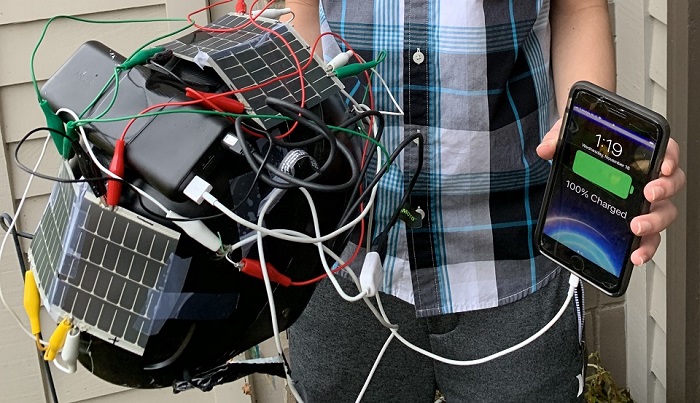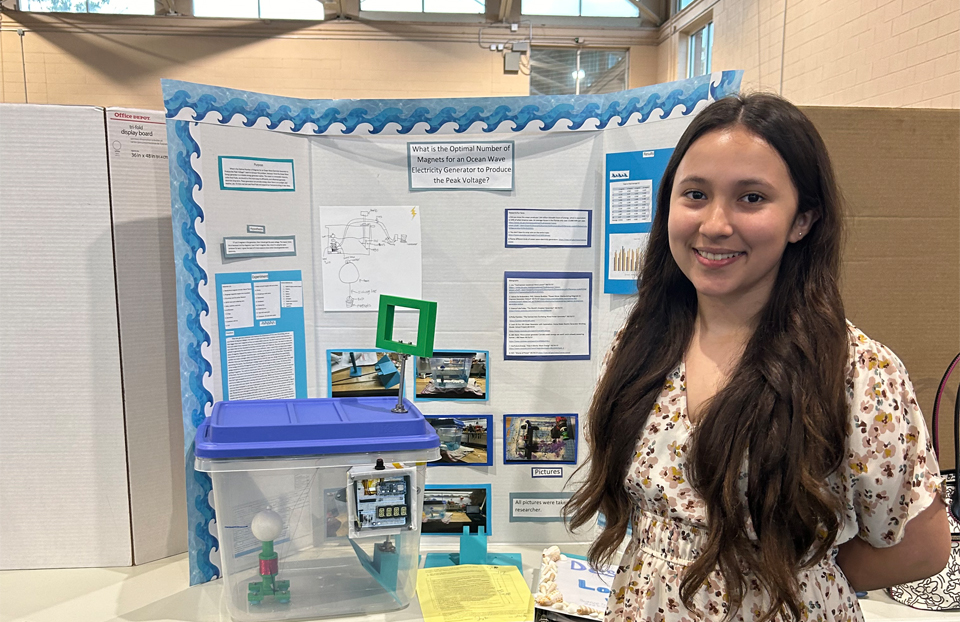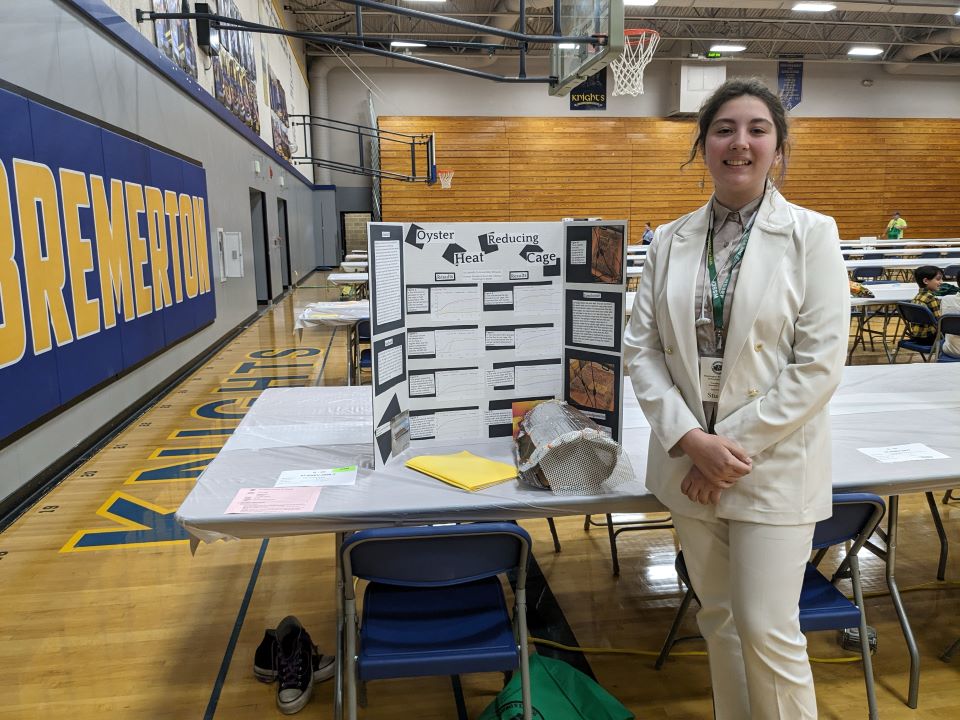Lemelson Foundation, Young & Amazing
Middle schooler devises helmet to charge phones on the go

Last year, The Lemelson Foundation gave $100 awards to outstanding young inventors in Society Affiliate Fairs with middle school participants around the country. This is the second year of a three-year grant where young innovators will be recognized. The prize was especially created to reward young inventors whose projects exemplify the ideals of inventive thinking by identifying challenges in their communities and creating solutions that will improve lives.
Picture this: you are at a park, playing Pokémon GO. Then, your phone battery dies and your quest to become the greatest Pokémon Master comes to a halt. What do you do? If you are Mason Lewis, a middle school student from Beaverton, Oregon, this prompts you to create a device that can charge your phone on the go. Mason’s research earned him the Lemelson Early Inventor Prize at the Northwest Science Expo.
Mason devised a helmet covered in solar panels attached to a battery pack. “When at home, you can change the battery pack. When on the go, the helmet’s solar panels can charge the battery pack using clean energy from the sun,” he explained.

To figure out the potential power output of his helmet, Mason placed it near an incandescent lamp, so it would absorb as much light as possible. He found that at a moderate-to-high light level, the solar panels produced 24 to 96 milliwatts, which is roughly equal to a 5% charge on an iPhone 7. “The tests were performed in November when there is not much sun,” Mason noted. “Had my project been done over the summer, I definitely would have used real sunlight and probably gotten higher wattage output.”
Mason’s invention process was not without its challenges. “With electrical hardware, lots of ‘random stuff’ can go wrong. Of course, the things that went wrong were not truly random, rather there was some little detail I missed,” he said. Initially, the charge from the solar panels was not being transferred to the power brick properly, but Mason did not quit. “It took some fiddling around and googling, but I got it to work by pushing through.”
Mason also had to revise some of his design elements. “I originally planned to include a power inverter circuit in my project, but that was scrapped.” Mason explained that while the power coming from the solar panels on his helmet is Direct Current, most appliances in our homes run on Alternating Current power. The inverter circuit would’ve allowed Mason’s helmet to power other devices besides phones, but Mason couldn’t quite get it to work the way he envisioned because the amperage readings were always too low.
Despite the difficulties Mason encountered working on his project, he still had a lot of fun and learned much more about how electricity functions. “My favorite part of the invention process was seeing it all work. After months of research, planning and assembly, seeing my device work the way I wanted it to was very rewarding. I also enjoyed planning everything out and drawing schematics.” While he won’t be doing additional research on this invention, he wants to pursue other projects in electrical engineering and computer science. No matter where his next project takes him, Mason will continue to strive to be an inventor.


